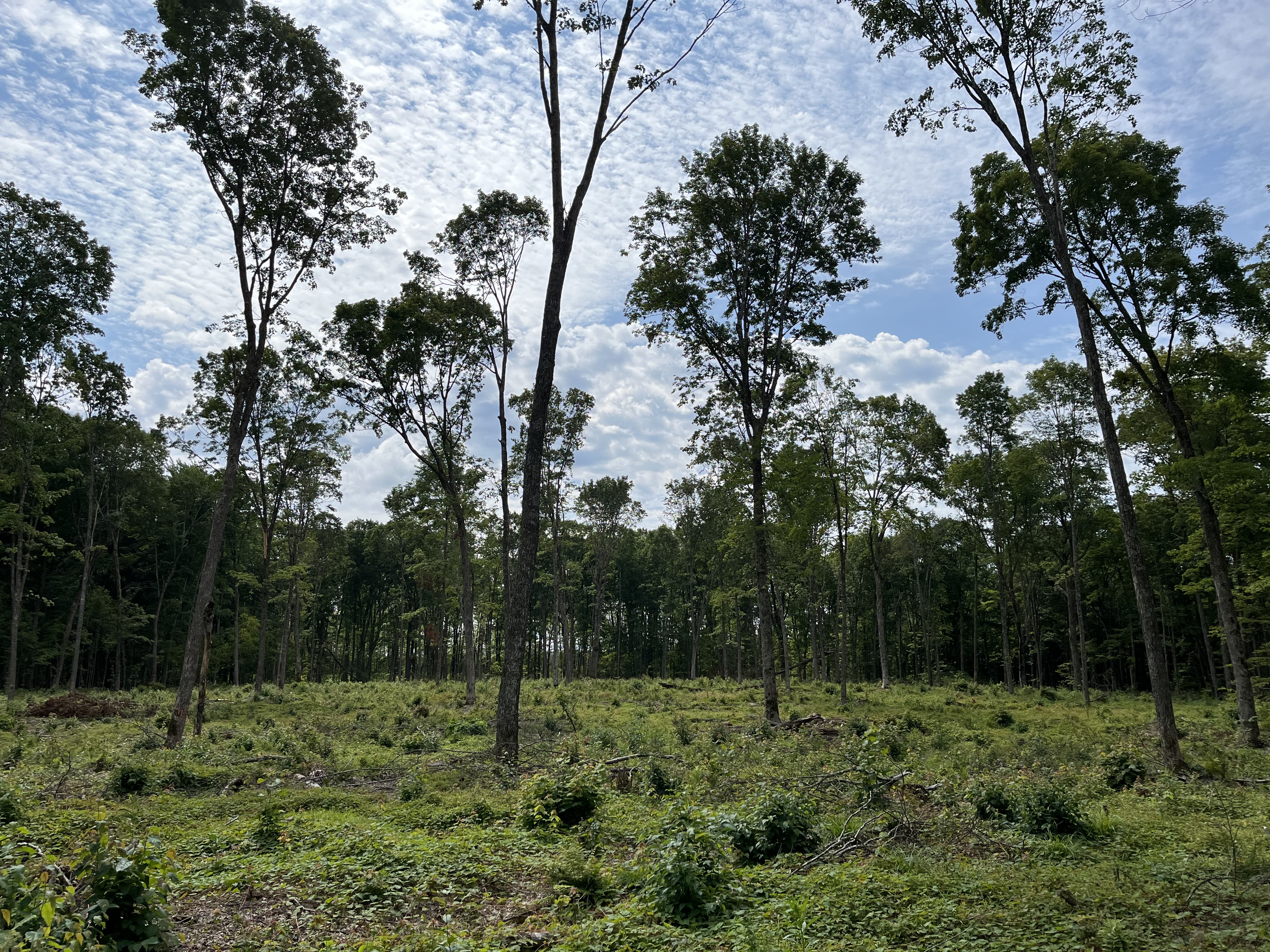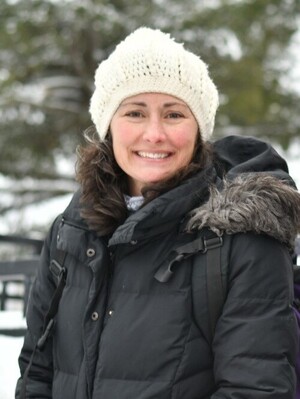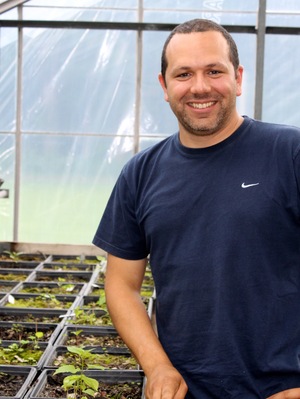Research Projects
Wisconsin, USA - Great Divide

- Period: 2018-01-01
Overview
The Great Divide DREAM research site is located within the Chequamegon-Nicolet National Forest in northern Wisconsin. The experimental site is characterized as a northern hardwood forest with sandy loam soils and an overstory dominated by sugar maple (Acer saccharum). The stand was likely degraded by management legacies, white-tailed deer overbrowsing, and earthworms. These various legacies challenge sustainable management and, thus, offer an opportunity to test whether assisted migration may be a viable option to improve stand value and diversity.
The experiment is a partnership between the USDA Forest Service Northern Research Station, Wisconsin Department of Natural Resources, and Michigan State University and has a core mission of testing a range of climate-smart silvicultural strategies for ten economically and ecologically important species in an assisted migration context.
Project presentation
Projected Climate Changes and Analogs
The research site could experience mean annual temperature and precipitation increases as much as 6 – 11° F and 3” by end of century, respectively. The region has 87 tree species with current or anticipated habitat in the region. Thirty species are non-endemic and only 12 of these non-endemic species may naturally migrate. We co-developed a list of tree species of interest to managers and research to test assisted migration strategies. The study species include white spruce (Picea glauca (Moench) Voss), eastern white pine (Pinus strobus L.), northern white-cedar (Thuja occidentalis L.), sugar maple (Acer saccharum Marshall), American basswood (Tilia americana L.), shagbark hickory (Carya ovata (Mill) K. Koch), white oak (Quercus alba L.), bur oak (Quercus macrocarpa Michx), bitternut hickory (Carya cordiformis (Wangenh) K. Koch), and tamarack (Larix laricina (Du Roi) K. Koch). Our climate analogs for the northern Wisconsin planting site results in seed collections for these species from northern and southern Wisconsin as current and mid-century climate analogs and from northern Illinois and Iowa as late-century climate analogs. The site will be planting in spring 2025.

Study Design
Our study site includes three replicate, 3.25 ha/8 acre blocks (Figure 1). Half of each block will be randomly assigned to either clearcut or uniform shelterwood. Additionally, half of each overstory cutting treatment will be fenced to exclude browsers and the other half left as an unfenced control. Further, an understory management (brushcut or control) will be randomly assigned within half of each fence and control portion.


